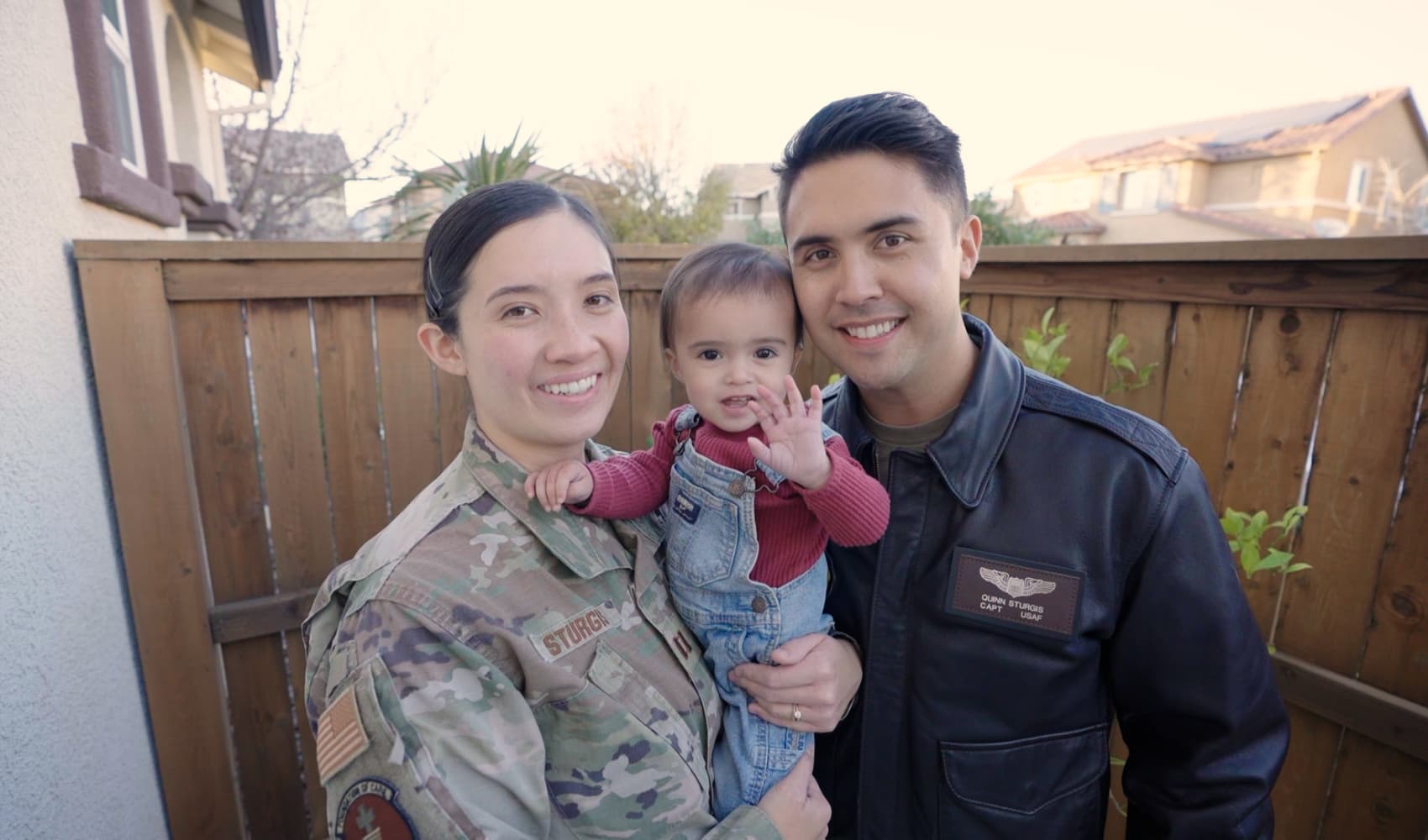
- Social Security may provide a one-time $255 death benefit to your loved ones when you die.
- But that amount has not changed in 70 years.
- A new bill has been introduced in the Senate to raise that amount to $2,900 to reflect today's cost of living.
When a Social Security beneficiary dies, their loved ones may qualify for a one-time $255 lump-sum death payment.
Yet that amount has not changed in 70 years — since 1954 — while inflation has pushed the costs for funerals higher.
On Wednesday, Sen. Peter Welch, D-Vt., introduced a new bill, the Social Security Survivor Benefits Equity Act, to raise the lump-sum death benefit to $2,900 to reflect today's cost of living.
Get top local stories in Philly delivered to you every morning. >Sign up for NBC Philadelphia's News Headlines newsletter.
The bill is co-led with Sens. Bernie Sanders, I-Vt., and Elizabeth Warren, D-Mass.
The change is aimed at helping to alleviate the financial burden for families following the loss of a loved one, Welch said in a statement.
"Funeral costs should be the last thing on the minds of grieving families when they lose a loved one," Welch said. "But because benefits designed to help folks afford funeral expenses haven't kept pace with inflation, the cost of burying a loved one has become top of mind for many mourning families."
Money Report
More from Personal Finance:
House may force vote on bill affecting pensioners' Social Security benefits
Social Security cost-of-living increase in 2025 could be lowest in years
Why children miss out on Social Security survivor benefits
A full memorial and cremation service costed around $700 in the 1950s, when the $255 lump sum death payment still in effect today was established, according to Welch's proposal.
Today, the median cost of a funeral with casket and burial is $8,300, while the average cost for a funeral with cremation is $6,280, according to the National Funeral Directors Association.
Under the terms of the bill, the higher $2,900 death benefit would go into effect in 2025. That sum would adjusted for inflation to the Consumer Price Index for Urban Wage Earners and Clerical Workers, or CPI-W, which is used to calculate Social Security's annual cost-of-living adjustments.
The proposal has been endorsed by advocacy organizations Social Security Works and the Strengthen Social Security Coalition.
What happens to Social Security benefits when you die
The current $255 one-time lump-sum death payment is available to Social Security beneficiaries' survivors, provided they meet certain requirements.
"If you've worked long enough, we make a one-time payment of $255 when you die," the Social Security Administration states in a guide on survivors' benefits.
Survivors — such as a spouse or child — must apply for the payment within two years of the date of death, according to the agency.
A surviving spouse may be eligible for the death payment if they were living with the person who passes away. If the spouse was living apart from the deceased but was receiving Social Security benefits based on their record, they may also be eligible for the $255 payment.
If there is no surviving spouse, children of the deceased may instead be eligible for the payment, as long as they qualify to receive benefits on their deceased parent's record when they died.
While funeral homes often report a death to the agency, survivors should still notify the Social Security Administration as soon as possible when a beneficiary dies to cancel their benefits, according to Jim Blair, vice president of Premier Social Security Consulting and a former Social Security administrator.
Though a one-time death payment may be available, any benefit payments received by the deceased in the month of death or after must be returned, according to the Social Security Administration. However, how this rule is handled depends on the timing of the death.
If a deceased beneficiary was due a Social Security check or a Medicare premium refund when they died, a claim may be submitted to the Social Security Administration.
Certain family members may be eligible to receive survivor benefits based on the deceased beneficiary's earnings record starting as soon as the month they died, according to the Social Security Administration.
That may include a surviving spouse age 60 or older; a surviving spouse 50 or older who has a disability; a surviving divorced spouse if they meet certain qualifications; or a surviving spouse who is caring for a deceased's child who is under age 16 or who has a disability.
Other family members may also qualify, including an unmarried child of the deceased who is under 18, or up to 19 if they are a full-time elementary or secondary school student, or age 18 and older with a disability that began before age 22; stepchildren, grandchildren, step-grandchildren or adopted children under certain circumstances; and parents ages 62 or over who relied on the deceased for at least half of their financial support.






